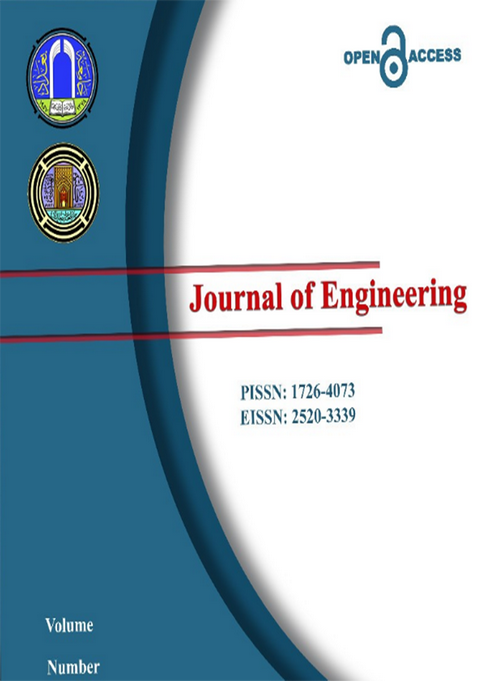Abstract
This paper presents a dynamic investigation of strip, rectangular, and square machine foundations on the top surface of two-layer dry sand with various states (loose on medium sand and dense on medium sand). The investigation was performed numerically using finite element programming, PLAXIS 3D. The soil was modeled as a versatile totally plastic material complying with the Mohr-Coulomb yield criterion. A harmonic load with an amplitude of 6 kPa at frequencies of 2 and 6 Hz was applied at the base, and seismic loading was applied with acceleration-time input from an earthquake in Halabjah city, north of Iraq. The study evaluated the influence of changing L/B ratio (Length=12, 6, 3 m and width=3 m), type of sand, and frequency of the machine for soil with two layers (dense and medium sand) and (loose and medium sand). Results showed that displacement decreases when the foundation is strip-shaped and is highest when the foundation is square-shaped. The maximum vertical stress of the foundation (L/B = 4 and L/B = 1) was found to be 1262 kPa and 1255 kPa, respectively. Additionally, vertical displacement increased by 20% when the relative density decreased, and displacement decreased when the frequency value changed from 2 to 6 Hz.
Keywords
machine foundation
Reciprocating Machines Modeling
Sandy Soil
Seismic load
